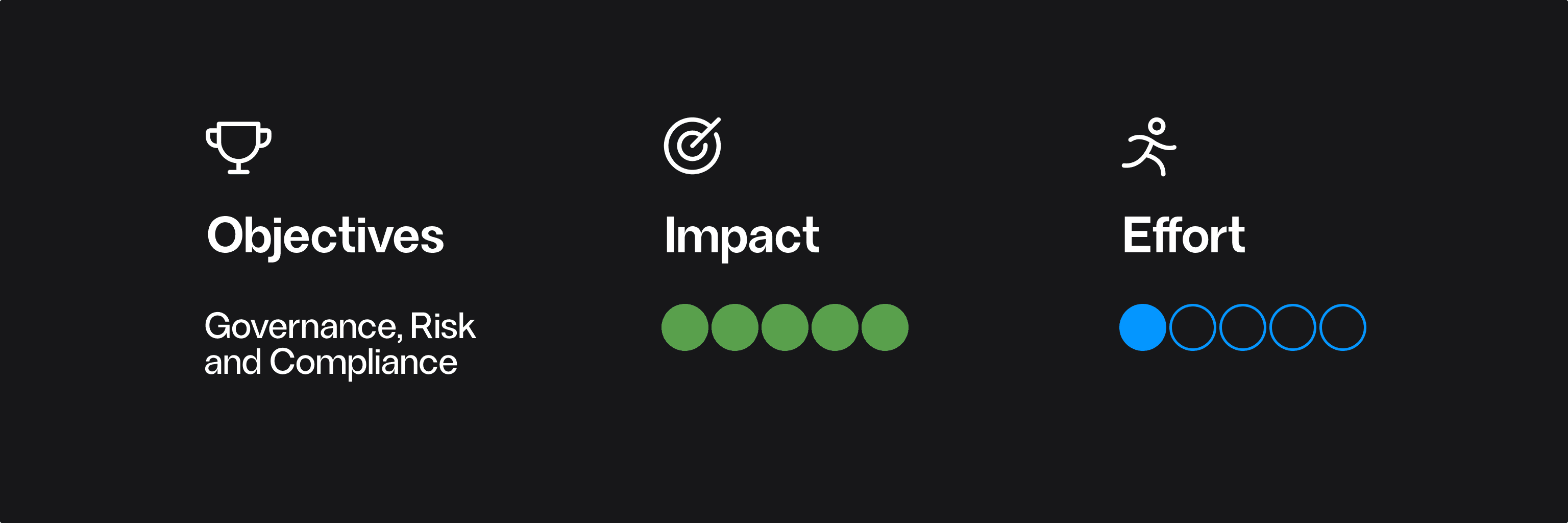Engineering
Best Practice: Actively incorporate feedback to foster continuous improvement
Sep 12, 2024
In the fast-paced realm of software development, feedback is the lifeblood of efficient progress. Actively incorporating insights from retrospectives, users, and stakeholders is non-negotiable for teams that aspire to stay agile and responsive to ever-evolving demands. This relentless commitment to continuous improvement not only hones your processes but also sharpens your product’s alignment with user expectations and business objectives.
Why Actively Incorporate Feedback?
- Enhanced adaptability: Embracing feedback empowers your team to pivot swiftly in response to shifting requirements and unforeseen challenges. This agility is essential for maintaining a competitive edge and delivering products that not only meet but exceed market demands.
- Exceptional user satisfaction: Integrating user feedback ensures that your product evolves in lockstep with their needs. This commitment leads to heightened satisfaction, fostering greater user retention and driving long-term success that sets you apart from competitors.
- Streamlined processes for excellence: Proactively acting on feedback identifies inefficiencies and areas for improvement, streamlining development processes. This enables your team to operate with peak efficiency, delivering superior results that reflect your organisation's high standards.
Best Practices for Incorporating Feedback
- Establish a feedback backlog: Create a structured feedback backlog to prioritise and track actionable suggestions from retrospectives and other sources. This systematic approach guarantees that valuable insights are addressed consistently and effectively.
- Prioritise high-Impact changes: Rigorously assess and prioritise feedback based on its potential impact and feasibility. Focus on implementing changes that deliver significant benefits to your product and processes, ensuring your efforts yield measurable results.
- Assign clear ownership: Designate team members to take ownership of each feedback item. Clear accountability drives effective implementation and guarantees that progress is continuously monitored and evaluated.
- Regularly monitor progress: Consistently review the status of feedback items and their implementation. Regular follow-ups keep the team informed and motivated, ensuring that improvements are realised, acknowledged, and celebrated.
Conclusion
Incorporating feedback transcends mere procedure; it is a strategic imperative that fuels continuous growth and excellence. By actively engaging with feedback, your team can adapt, improve, and ultimately secure a position of lasting success in an increasingly competitive landscape. Embrace this approach as a cornerstone of your development strategy and watch your team thrive.








